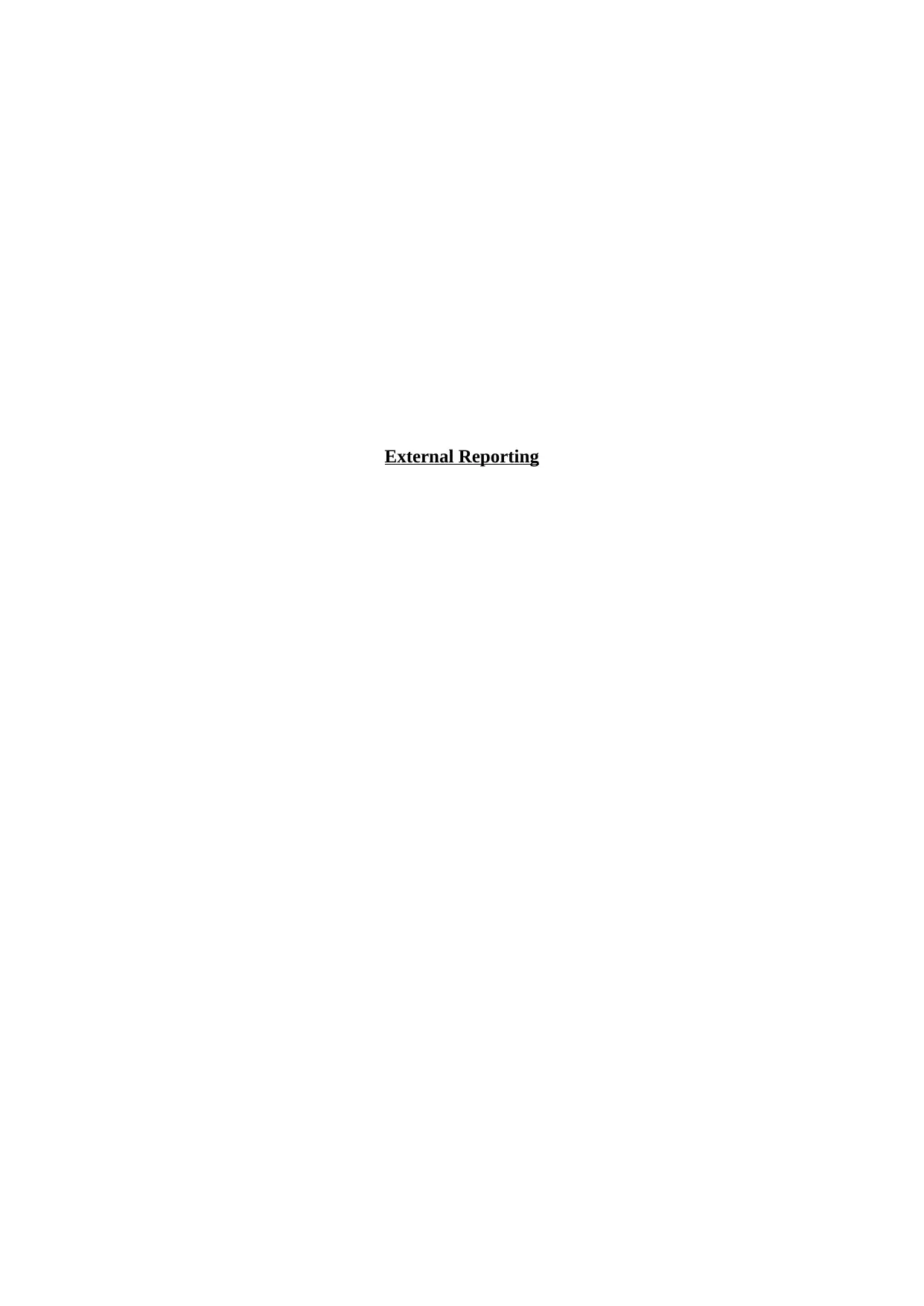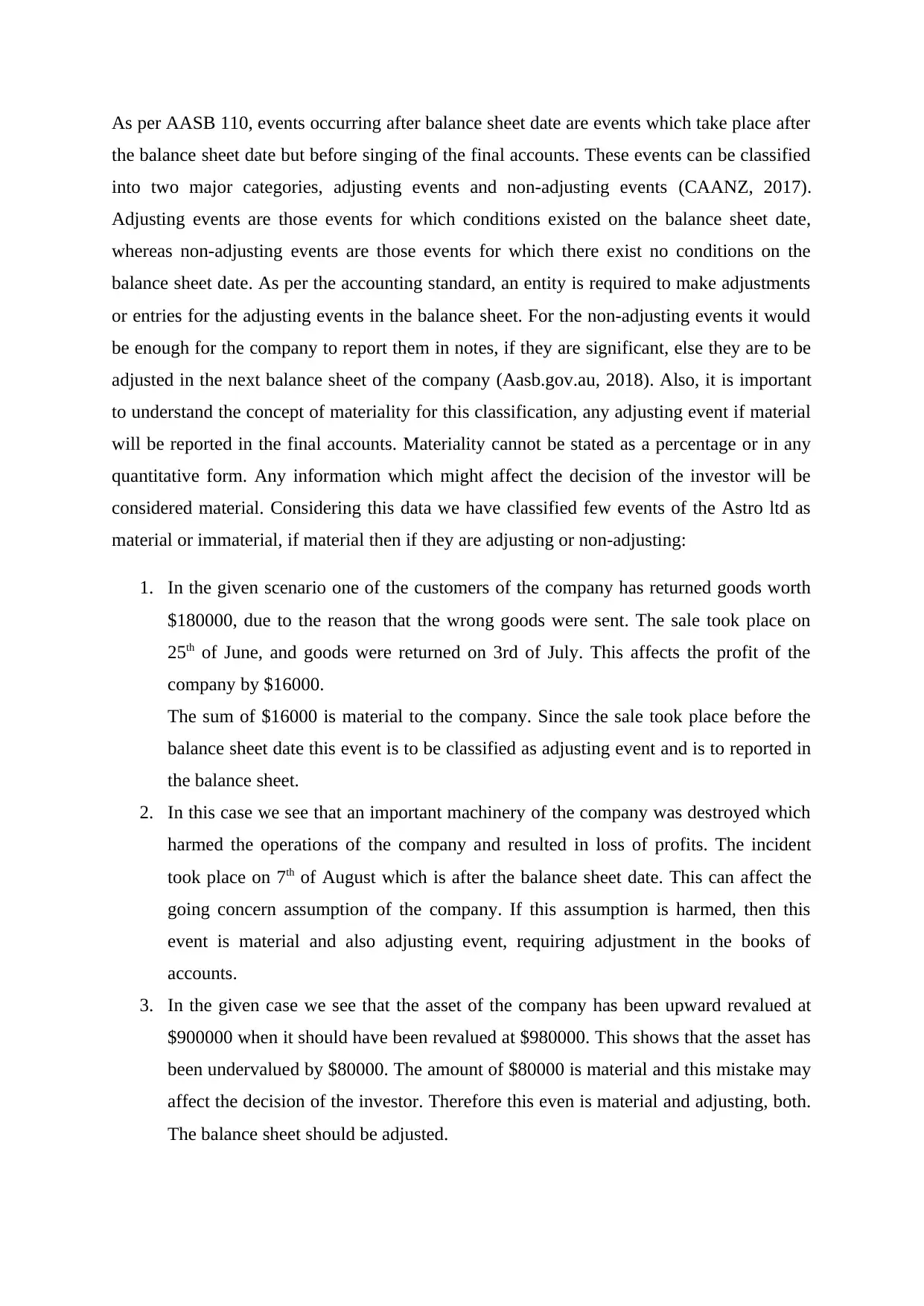Analysis of Adjusting and Non-Adjusting Events in Financial Reporting
VerifiedAdded on 2021/06/17
|4
|605
|39
Report
AI Summary
This report focuses on the analysis of adjusting and non-adjusting events as per AASB 110, the accounting standard concerning events after the balance sheet date. It explores the distinction between adjusting events, which existed at the balance sheet date, and non-adjusting events, which did not. The report emphasizes the importance of materiality in determining the treatment of these events. The report examines the impact of these events on the financial statements, providing examples such as returned goods, destruction of machinery, asset revaluation, and unauthorized cheques. For each scenario, the report determines whether the event is material and whether it requires adjustment in the balance sheet or disclosure in the notes to the accounts. The report highlights the significance of correctly classifying and reporting these events to ensure the accuracy and reliability of financial statements. Furthermore, the report references relevant sources for additional information and guidelines.
1 out of 4










![[object Object]](/_next/static/media/star-bottom.7253800d.svg)